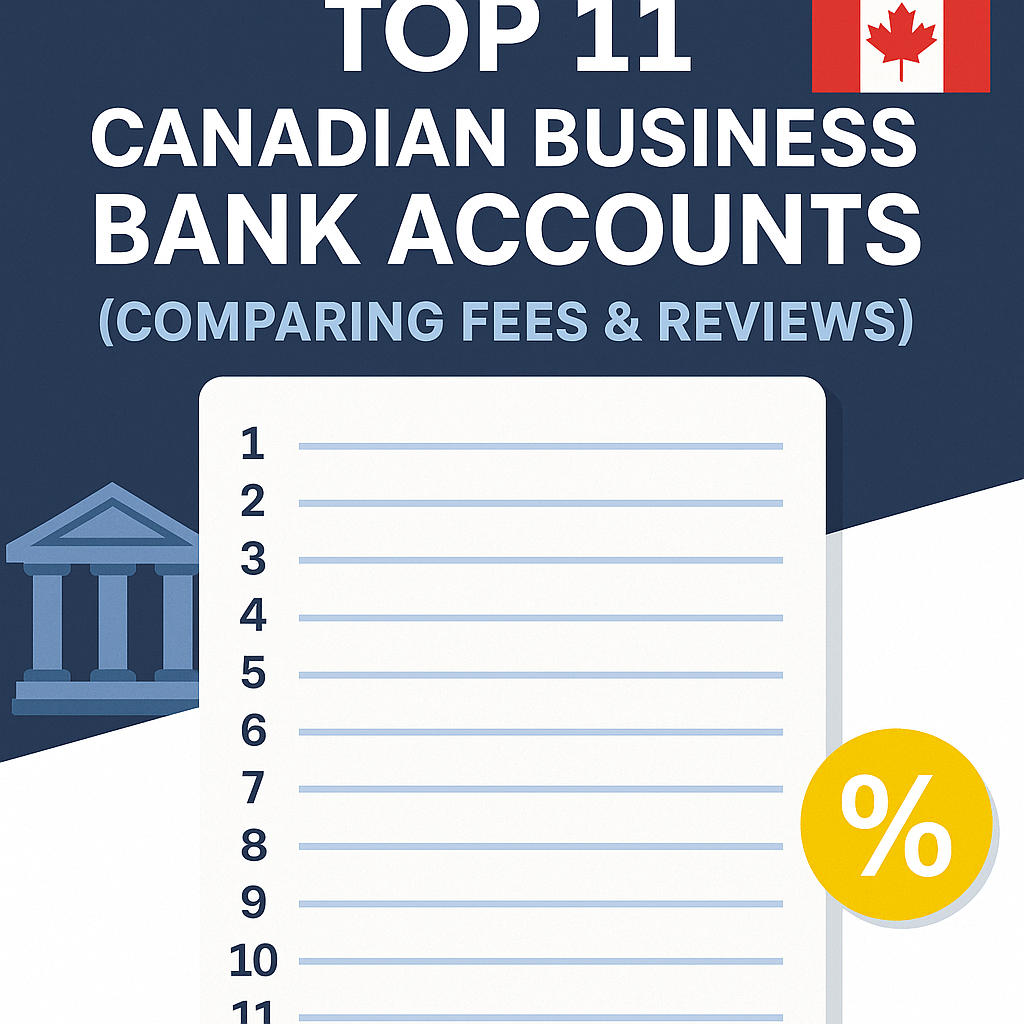GOOGLE ADS MANAGEMENT
ALL SERVICES- GRAPHIC DESIGN & BRANDING
➥ WEBSITE DESIGN TORONTO
➥ TORONTO LOGO DESIGN
➥ BROCHURE GRAPHIC DESIGN
➥ INFOGRAPHIC DESIGN
➥ BUSINESS CARD DESIGN
➥ PACKAGE DESIGN TORONTO
➥ ILLUSTRATION DESIGN
➥ ADVERTISING POSTER DESIGN
➥ BRANDING STRATEGY & SERVICES- ➤ VIEW ALL SERVICES
WEB DEVELOPMENT & SUPPORT
➥ CUSTOM WEB DESIGN TORONTO
➥ ECOMMERCE WEBSITE DESIGN TORONTO
➥ WEBSITE MAINTENANCE SERVICES
➥ SHOPIFY WEBSITE DESIGN
➥ SHOPIFY EXPERTS TORONTO
➥ WORDPRESS DEVELOPMENT
➥ WORDPRESS MAINTENANCE- ➤ VIEW ALL SERVICES
WEBSITE MARKETING & CONTENT
➥ SEO PACKAGES TORONTO
➥ TORONTO SOCIAL MEDIA AGENCY
➥ CONTENT MARKETING TORONTO
➥ PPC MANAGEMENT TORONTO
➥ AFFILIATE MARKETING CANADA
➥ STRATEGIC CONSULTATION- ➤ VIEW ALL SERVICES
ABOUT
RESOURCES- LET’S CHAT
Questions? Call us at
647-348-4995

GOOGLE ADS MANAGEMENT
ALL SERVICES- GRAPHIC DESIGN & BRANDING
➥ WEBSITE DESIGN TORONTO
➥ TORONTO LOGO DESIGN
➥ BROCHURE GRAPHIC DESIGN
➥ INFOGRAPHIC DESIGN
➥ BUSINESS CARD DESIGN
➥ PACKAGE DESIGN TORONTO
➥ ILLUSTRATION DESIGN
➥ ADVERTISING POSTER DESIGN
➥ BRANDING STRATEGY & SERVICES- ➤ VIEW ALL SERVICES
WEB DEVELOPMENT & SUPPORT
➥ CUSTOM WEB DESIGN TORONTO
➥ ECOMMERCE WEBSITE DESIGN TORONTO
➥ WEBSITE MAINTENANCE SERVICES
➥ SHOPIFY WEBSITE DESIGN
➥ SHOPIFY EXPERTS TORONTO
➥ WORDPRESS DEVELOPMENT
➥ WORDPRESS MAINTENANCE- ➤ VIEW ALL SERVICES
WEBSITE MARKETING & CONTENT
➥ SEO PACKAGES TORONTO
➥ TORONTO SOCIAL MEDIA AGENCY
➥ CONTENT MARKETING TORONTO
➥ PPC MANAGEMENT TORONTO
➥ AFFILIATE MARKETING CANADA
➥ STRATEGIC CONSULTATION- ➤ VIEW ALL SERVICES
ABOUT
RESOURCES- LET’S CHAT
Questions? Call us at
647-348-4995

GOOGLE ADS MANAGEMENT
ALL SERVICES- GRAPHIC DESIGN & BRANDING
➥ WEBSITE DESIGN TORONTO
➥ TORONTO LOGO DESIGN
➥ BROCHURE GRAPHIC DESIGN
➥ INFOGRAPHIC DESIGN
➥ BUSINESS CARD DESIGN
➥ PACKAGE DESIGN TORONTO
➥ ILLUSTRATION DESIGN
➥ ADVERTISING POSTER DESIGN
➥ BRANDING STRATEGY & SERVICES- ➤ VIEW ALL SERVICES
WEB DEVELOPMENT & SUPPORT
➥ CUSTOM WEB DESIGN TORONTO
➥ ECOMMERCE WEBSITE DESIGN TORONTO
➥ WEBSITE MAINTENANCE SERVICES
➥ SHOPIFY WEBSITE DESIGN
➥ SHOPIFY EXPERTS TORONTO
➥ WORDPRESS DEVELOPMENT
➥ WORDPRESS MAINTENANCE- ➤ VIEW ALL SERVICES
WEBSITE MARKETING & CONTENT
➥ SEO PACKAGES TORONTO
➥ TORONTO SOCIAL MEDIA AGENCY
➥ CONTENT MARKETING TORONTO
➥ PPC MANAGEMENT TORONTO
➥ AFFILIATE MARKETING CANADA
➥ STRATEGIC CONSULTATION- ➤ VIEW ALL SERVICES
ABOUT
RESOURCES- LET’S CHAT
Questions? Call us at
647-348-4995

GOOGLE ADS MANAGEMENT
ALL SERVICES- GRAPHIC DESIGN & BRANDING
➥ WEBSITE DESIGN TORONTO
➥ TORONTO LOGO DESIGN
➥ BROCHURE GRAPHIC DESIGN
➥ INFOGRAPHIC DESIGN
➥ BUSINESS CARD DESIGN
➥ PACKAGE DESIGN TORONTO
➥ ILLUSTRATION DESIGN
➥ ADVERTISING POSTER DESIGN
➥ BRANDING STRATEGY & SERVICES- ➤ VIEW ALL SERVICES
WEB DEVELOPMENT & SUPPORT
➥ CUSTOM WEB DESIGN TORONTO
➥ ECOMMERCE WEBSITE DESIGN TORONTO
➥ WEBSITE MAINTENANCE SERVICES
➥ SHOPIFY WEBSITE DESIGN
➥ SHOPIFY EXPERTS TORONTO
➥ WORDPRESS DEVELOPMENT
➥ WORDPRESS MAINTENANCE- ➤ VIEW ALL SERVICES
WEBSITE MARKETING & CONTENT
➥ SEO PACKAGES TORONTO
➥ TORONTO SOCIAL MEDIA AGENCY
➥ CONTENT MARKETING TORONTO
➥ PPC MANAGEMENT TORONTO
➥ AFFILIATE MARKETING CANADA
➥ STRATEGIC CONSULTATION- ➤ VIEW ALL SERVICES
ABOUT
RESOURCES- LET’S CHAT
Questions? Call us at
647-348-4995
![]()
![]()
![]()
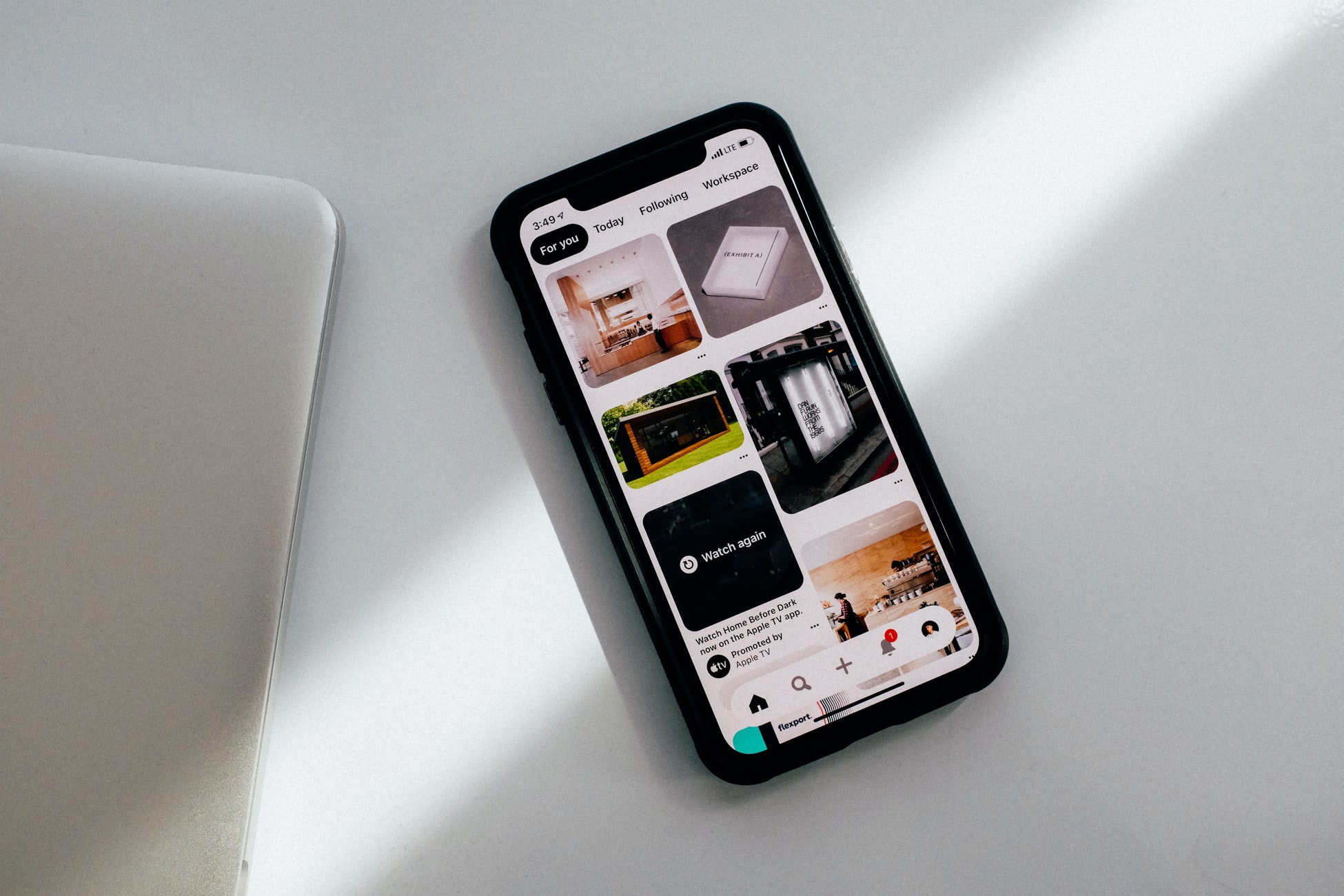
- July 6, 2020
-
 Amine Rahal
Amine Rahal
If you’re a marketer or business owner and Pinterest wasn’t on your radar before, it will be now. In 2019, Pinterest’s user base grew by over 25% to reach 335 million. Today, Pinterest is one of the fastest-growing social media platforms, especially among Millennial and Gen X women.
With Pinterest, you can share organic or paid posts to promote your business’s content. If you’re wondering how you can get started with Pinterest marketing, here’s a quick guide that covers everything you need to know.
- Content Is (Still) King
No matter the platform, the quality and value of your images and written content is the single defining factor that determines whether a digital marketing campaign will prove successful. It’s no different regarding Pinterest marketing.
Don’t merely create copycat content or pump out unoriginal work that recycles information from your competitors. You can use infographic design services, charts, and graphs that convey your message in a way that’s easily digestible for your audience.
When it comes time to pin your content (we’ll touch on that process in a moment), make sure you check the following boxes:
- The copy is short, engaging, and data-driven
- Images are high-resolution and attractive
- Headlines are searchable and draw attention
- Images are properly sized (735×1102 pixels is considered ideal)
- Include a link to your company website or branded accounts
- Install The Pinterest Plugin On Your Site
The best way to share content with your Pinterest following is by installing one of the several Pinterest plugins for CMS platforms like WordPress. These features allow website owners to quickly share their content to Pinterest with the click of a button, rather than manually posting or reposting content via the Pinterest interface.
- Know Thy Audience
Don’t waste your time creating content for an audience that doesn’t want to hear your message. This is where Pinterest’s demographics come into play. Currently, there are roughly 2.5 times as many women than men who use Pinterest, and a plurality of whom (36%) are between the ages of 18 and 29. Over one-third (34%) of the Pinterest user base is suburban.
Source: Blue Corona
With this in mind, Pinterest is especially crucial as a content sharing platform for brands that want to reach a young suburbanite female audience. By contrast, brands who appeal mostly to men, older men or women, or rural audiences, may want to prioritize other platforms that are more widely used by these demographics.
- Optimize Topics and Keywords
Now that you’re ready to get started and have content prepared for posting, use Pinterest’s “Search” function to find keywords relevant to your content. The trick is to find high-volume keywords that match the intent of the searcher.
For instance, if your business sells baseball equipment, you can use Pinterest’s Search tool to find popular tags (i.e., keywords) such as “#baseball” and “#littleleague”. Adding these tags to your content will help your posts gain traction and will put them in front of an audience that’s already interested in its subject matter.
- Use Pinterest Ads
Like Google and Facebook, Pinterest provides its own advertising platform. If you really want to drum up attention on Pinterest, you should allocate a portion of your total social media advertising spend to Pinterest ads (e.g., 15-30%, depending on your target market demographics).
Pinterest ads pin your content to the top of users’ feeds and feature a “promoted by” banner. They operate like standard PPC ad campaign by charging the ad buyer for every click-through. However, secondary clicks are free (i.e., clicks generated by users who share your promoted content). Therefore, paid Pinterest ads are a great way to generate free engagement as well.
One of the best aspects of paid Pinterest marketing is that the platform offers a highly targeted advertising system. You can input keywords and “user interests” into the promotion formula to ensure that the audience that receives the ad is more likely to be interested in your content.
You can get started running a Pinterest ad for as little as $5 USD, and each click will run you between $1 and $3. At this price point, Pinterest ads are right around the industry average cost-per-click (CPC) as similar ads on Facebook and Google.
- Don’t Ignore Rich Pins and Videos
Pinterest is dominated by mobile users. Savvy marketers, therefore, should promote content that appeals to users on mobile devices—specifically, video pins and “rich pins” which feature add-on content like Twitter Cards, author links, headlines, and Facebook graphs.
A recent report from Neil Patel found that rich pins and video pins boast an 82% improvement in repinning over standard image-only content. Therefore, if you want to drive conversions you would do well to vary the content you put out so that it stands out from the crowd. The data suggests that video and rich pin content is your best bet in this regard.
- Pin Timing Matters
A SocialFresh report found that pinning between 2 and 4 pm in the afternoon is the ideal time to post during weekdays. Of course, pinning time should be localized to whatever time zone the core of your audience resides in. On Fridays, however, the ideal pinning time is around 5 pm and Saturdays see a unique engagement boost between 8 and 11 pm.
Putting It All Together
Pinterest is a growing platform that can help expose your brand to millions of users, especially among the 18 to 49-year-old female demographic. Plus, Pinterest pins have the unique benefit of sticking around a lot longer than their counterparts on Facebook and Google. The average promoted Pinterest pin lasts hundreds of times longer on users’ feeds than a promoted Facebook ad at the same cost.
The downside, however, is that social media management can distract you from the core operations of your business. The time and commitment required to manage your business’s Pinterest, YouTube, Twitter, Facebook, and Google accounts may be too much to balance on top of overseeing your company’s day-to-day functions.
Fortunately, at Little Dragon Media our social media management and content creation services take much of the heavy lifting out of maintaining your social presence. Contact us today to see how our experts can take your brand’s social media to new heights.

Tech Entrepreneur, Author, and CEO of Little Dragon Media. Passionate about entrepreneurship, philanthropy, digital marketing, blockchain, finance, investing, health fitness & nonprofits.
RECENT POSTS
- Top 11 Canadian Business Bank Accounts (Comparing Fees & Reviews)
- PolicyMe – Legit Canadian Insurance Policy? Let’s Review…
- 10 Small Business Loans & Financing Options in Ontario
- Top 8 Small Business Insurance Providers in Canada (2025)
- SCAM ALERT: How a Fake Google Ads Inquiry Nearly Got Us (And How to Protect Yourself)

Ready to chat about how Little Dragon Media can enhance your business?
Call us now at 647-348-4995 or

OUR AWARDS & CERTIFICATIONS

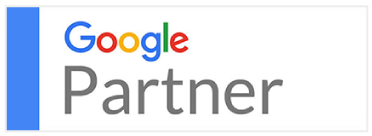
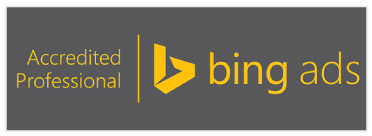

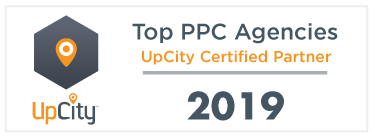

WHAT OUR CLIENTS ARE SAYING


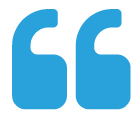
Little Dragon Media's professionalism and commitment to delivering excellence are truly commendable. I highly recommend their services... Thank you for your stellar work!
- Delna Bharucha

Little Dragon Media worked on developing our logo and website. They did an absolutely AMAZING job on both projects. These guys ROCK and you won't be disappointed.
- Sonia Nutt

My team had a great experience working with Little Dragon Media. We will certainly engage with Little Dragon Media for any additional projects in the future. Highly recommend!
- Carly Rooney



- 682A St-Clair West Toronto, ON M6C 1B1
- (647)-348-4995
- info@littledragon.ca
MOST POPULAR SERVICES
RECENT POSTS
GET MORE CLIENTS
Don't let your competitors take over. We'll help you climb to the top and get more clients.
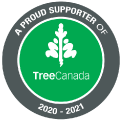


- 682A St-Clair West Toronto, ON M6C1B1
- (647)-348-4995
- info@littledragon.ca
MOST POPULAR SERVICES
RECENT POSTS
GET MORE CLIENTS
Don't let your competitors take over. We'll help you climb to the top and get more clients.

Contact | Press Mentions | Privacy Policy | Terms of Service
© 2024 Little Dragon Media. All Rights Reserved.

